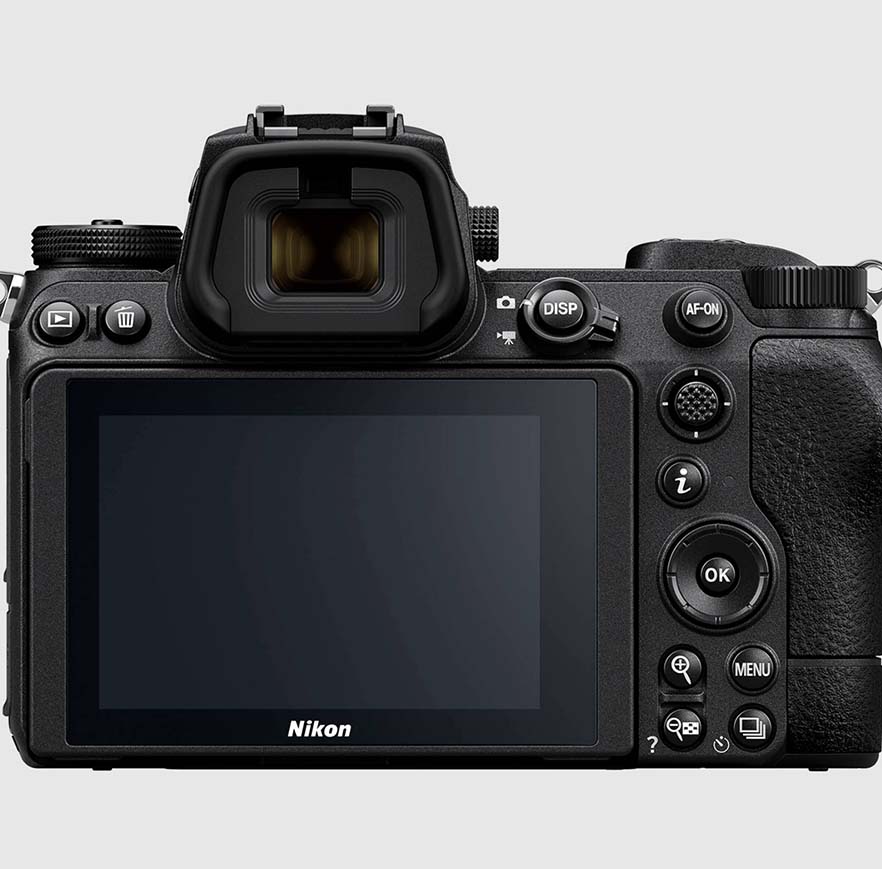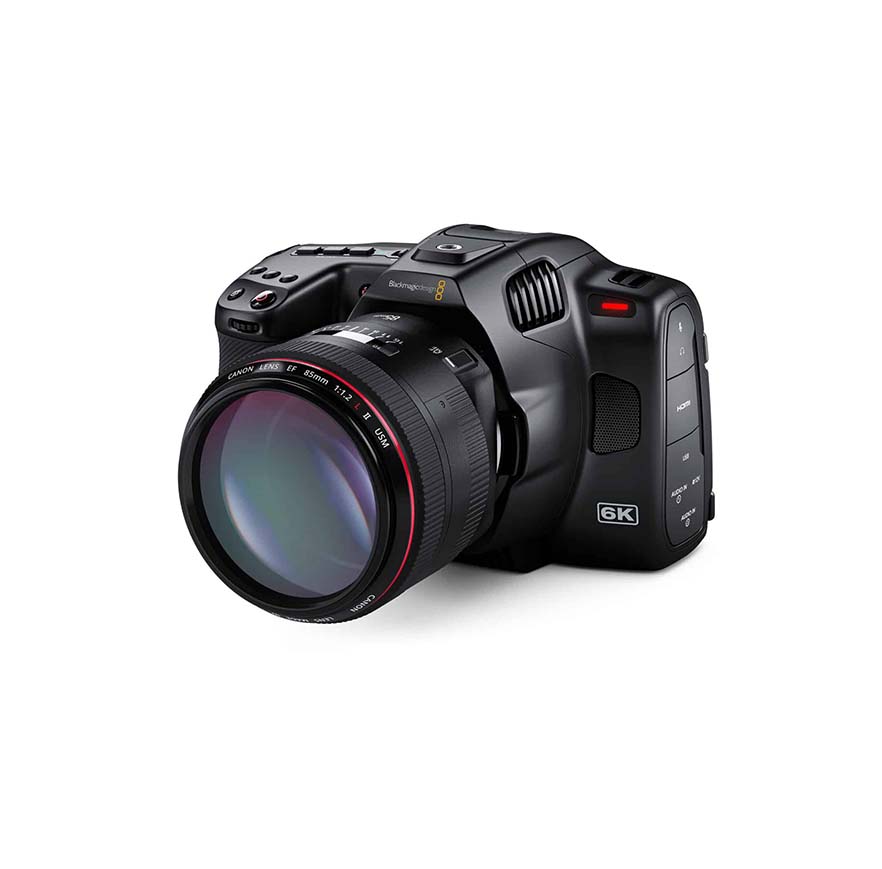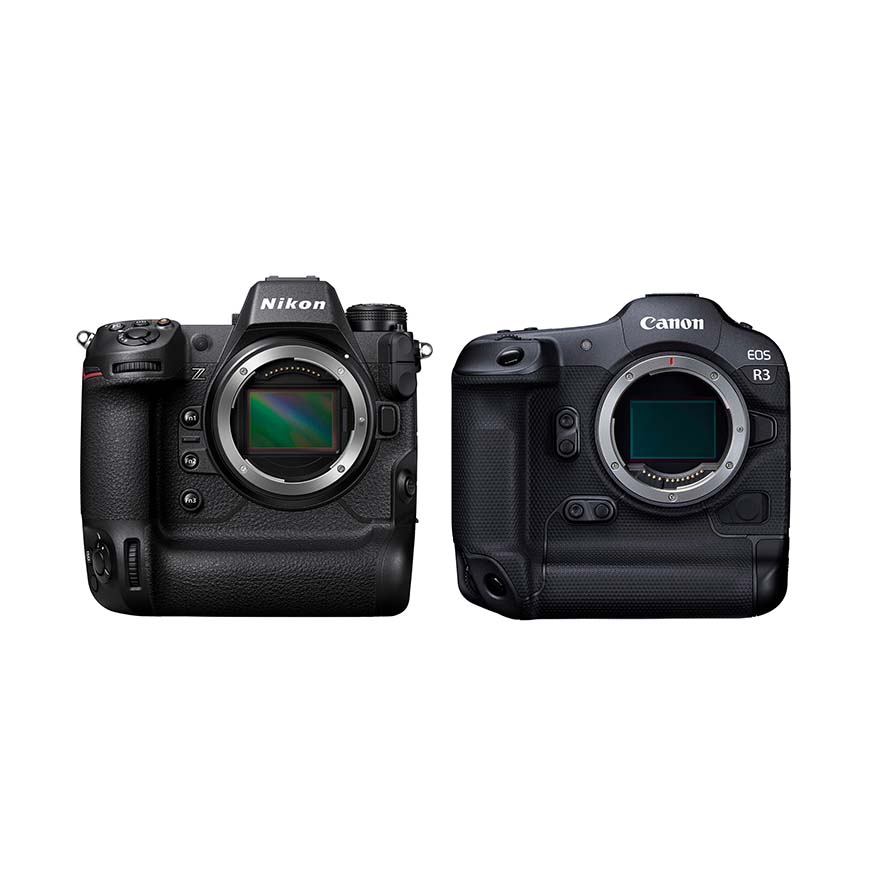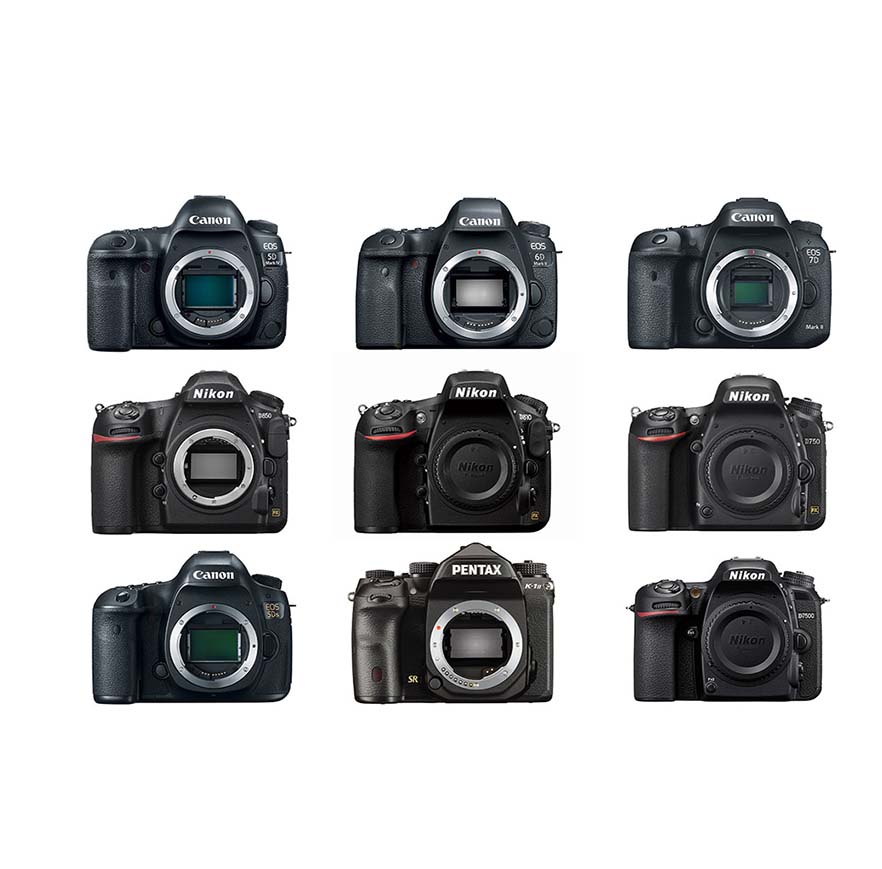In today’s dynamic world of digital imaging, the quest for excellence drives creators to seek out tools that transcend the ordinary, enabling them to capture moments with unparalleled precision and artistry. Among the plethora of options available, the Blackmagic Pocket Cinema Camera 6K Pro and the Nikon Z7 II Mirrorless Camera emerge as titans, each promising to redefine the boundaries of visual storytelling. In this extensive review, we delve deep into the intricate details of these two cinematic powerhouses, shedding light on their features, performance, and suitability for diverse creative endeavors.
Unveiling the Blackmagic Design Pocket Cinema Camera 6K Pro
The Blackmagic Pocket Cinema Camera 6K Pro stands as a testament to innovation in the realm of cinematography, boasting a formidable array of features tailored to meet the demands of discerning filmmakers. At its core lies a Super 35 sensor with a native resolution of 6144 x 3456, facilitating the creation of cinematic masterpieces characterized by stunning clarity and depth. This sensor, coupled with 13 stops of dynamic range and dual native ISO up to 25,600, ensures exceptional image quality across a spectrum of lighting conditions, from the glaring sun to the dimly lit interiors of a cavernous studio.
One of the standout features of the 6K Pro is its built-in motorized IR ND filters, offering 2, 4, and 6 stop options to provide precise control over exposure. These filters, meticulously designed to filter both optical and IR wavelengths evenly, elevate the camera’s versatility, allowing filmmakers to achieve their desired visual aesthetic without compromising on image integrity. Additionally, the inclusion of dual gain ISO technology further enhances the camera’s low-light performance, minimizing noise while preserving the full dynamic range of the sensor.
Beyond its prowess in video capture, the 6K Pro surprises with its ability to capture high-resolution stills, boasting a dedicated stills button that allows users to seamlessly transition between video and photography. With the capability to record 21.2-megapixel images as uncompressed DNG frames, this camera caters to the needs of photographers seeking uncompromising image quality for professional-grade prints and digital artwork.
Unraveling the Nikon Z7 II Mirrorless Camera Body

In the realm of still photography and videography, the Nikon Z7 II Mirrorless Camera Body emerges as a formidable contender, blending cutting-edge technology with ergonomic design to deliver an unparalleled shooting experience. At its heart lies a staggering 45.7 MP full-frame sensor, complemented by twin EXPEED processors, which collectively empower photographers and videographers to push the boundaries of creativity and visual expression.
One of the most striking features of the Z7 II is its dual card slots, which offer compatibility with UHS-II SD cards, XQD, or CFexpress cards, providing users with unmatched flexibility in data storage and workflow management. Whether shooting high-resolution stills or recording cinematic videos at resolutions up to 4K/60p, this camera ensures maximum speed and reliability, allowing creators to focus on their craft without being hindered by technical limitations.
The Z7 II’s ultra-wide autofocus system stands as a testament to Nikon’s commitment to precision and performance, offering unparalleled accuracy and responsiveness even in challenging shooting scenarios. With exposure metering down to -4 EV when using an f/2 lens or faster, photographers can confidently capture scenes with optimal exposure, regardless of ambient lighting conditions.
Furthermore, the camera’s high-definition electronic viewfinder (EVF) with a refresh rate of 3690k dots ensures a seamless shooting experience, reducing blackout even during high-speed continuous shooting. Customizable info displays and intuitive controls further enhance usability, allowing photographers to fine-tune settings on the fly and focus on capturing the perfect shot.
Target Audience Analysis and Performance Evaluation

When considering the target audience for the Blackmagic Pocket Cinema Camera 6K Pro, it becomes evident that this device caters primarily to professional filmmakers and cinematographers who demand uncompromising quality and versatility in their equipment. With its robust construction, advanced imaging capabilities, and intuitive controls, it empowers creatives to bring their vision to life with unparalleled fidelity and precision. From indie filmmakers and documentary producers to commercial directors and cinematography enthusiasts, the 6K Pro serves as a versatile tool for capturing cinematic moments with breathtaking clarity and depth.
In contrast, the Nikon Z7 II Mirrorless Camera Body appeals to a broader audience encompassing both professional photographers and videographers, as well as enthusiasts seeking a high-performance camera for their creative pursuits. With its emphasis on still photography, coupled with robust video capabilities, it caters to individuals who require a versatile imaging solution that excels in both domains. Wedding photographers, landscape artists, wildlife enthusiasts, and multimedia storytellers alike can benefit from the Z7 II’s exceptional image quality, reliability, and ease of use.
Platform Recommendations
For those inclined towards the Blackmagic Pocket Cinema Camera 6K Pro, reputable platforms such as B&H Photo Video and Adorama emerge as preferred destinations for purchasing this cinematic powerhouse. With their extensive selection of professional-grade equipment and commitment to customer satisfaction, they provide a reliable shopping experience, ensuring that filmmakers and cinematographers can acquire the tools they need to realize their creative vision.
Similarly, enthusiasts considering the Nikon Z7 II Mirrorless Camera Body can turn to trusted retailers like Amazon and Best Buy for their imaging needs. With their wide range of products, competitive pricing, and convenient shopping experience, these platforms offer a seamless path to acquiring Nikon’s flagship mirrorless camera, empowering photographers and videographers to explore new realms of visual storytelling.





